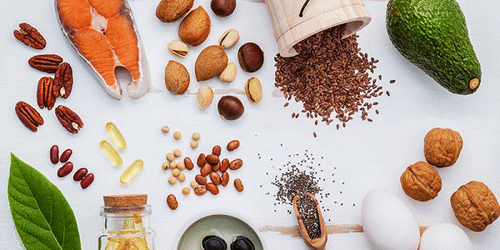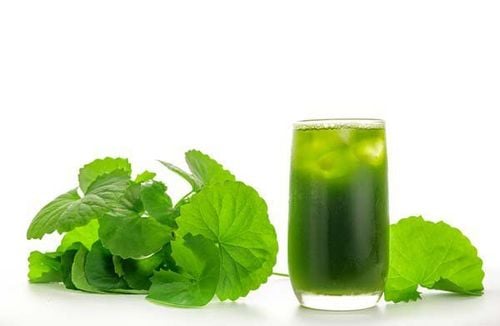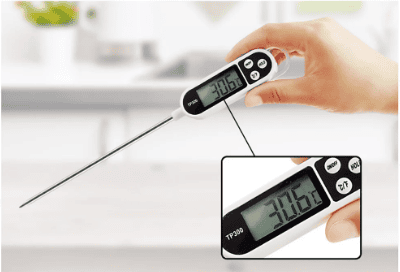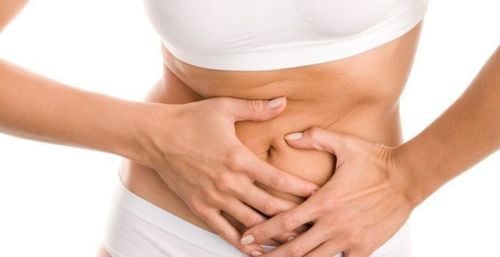This is an automatically translated article.
Cooling and reheating are ways to help you store and consume food safely, avoiding food waste. However, applying these methods in the wrong way can lead to potential health risks, such as food poisoning.
1. What is food refrigeration?
Refrigeration of food is a method that helps preserve the color and quality of food, and slows down its decomposition. Currently, there are many different methods of refrigerating food, including:
1.1. Static cooling
Food will be stored in rooms that are cooled indirectly through brine or using static evaporator units that evaporate directly. In the cold room, foods will be sorted to be placed in certain storage positions, for example meat products will be hung on trolley racks, while vegetables and fruits will be sorted. above the price. Initially, the temperature of newly placed foods will be quite high, so the cold room temperature can be adjusted below -2oC to -3oC. Until the temperature of the food has dropped to a low level, the room temperature should be raised to -1oC or 0oC. In general, this method of refrigeration is usually quite time consuming to cool food, but it still carries high air humidity in the refrigerating environment and is less drying to food.
SEE ALSO: The best way to keep food fresh for a long time
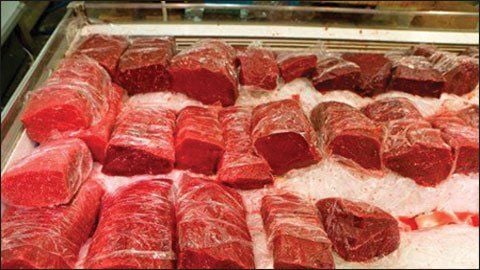
Làm lạnh tĩnh gây tốn diện tích và thời gian để có thể làm lạnh được thực phẩm
1.2. Enhanced cooling
Food will be stored in a room with indoor units evaporating directly through salt water. With this method of refrigeration, the time to cool the food will be shortened, so careful monitoring is required to avoid freezing the food. We can use enhanced refrigeration for most products such as vegetables, fruits or fish and meat.
1.3. Spray cooling
Food will be cooled in brine spray chambers. In general, the advantage of this cooling method is that it helps to maintain high air humidity, reduces the loss of food mass, does not lose the amount of nutrients (such as vitamins) in the food, and at the same time reduce fat oxidation. However, for foods that are both salt- and moisture-resistant, this method of refrigeration should not be applied. We can use spray refrigeration for poultry, chicken, duck meat packaged in vacuum sealed plastic bags.
1.4. Dip food in cold brine
This is also considered an extremely effective method of freezing food. This method of refrigeration should be used for foods such as duck, chicken or poultry that have been sealed in plastic, or fish that have not been packaged.
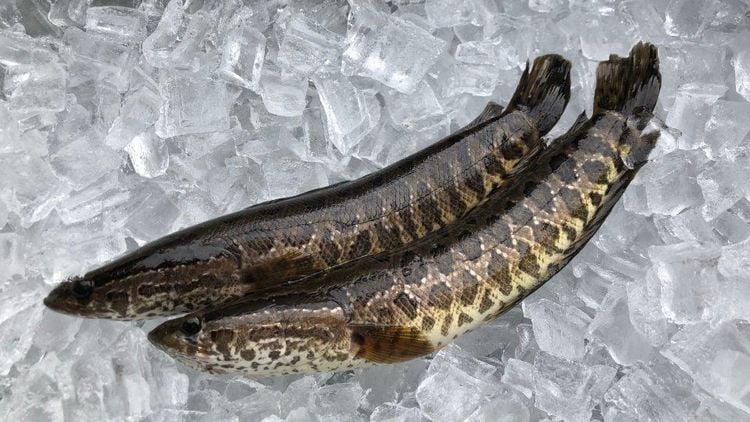
Nhúng thực phẩm trong nước muối lạnh thường được áp dụng trong trường hợp cá chưa được đóng bao bì
1.5. Ice or bury snow
Ice is considered the most popular method of cooling fish today. The ice used to marinate fish is usually crushed or crushed, then mixed with antibiotics or salt to increase the preservation of fish. In addition, the freezing method can also be applied to preserve vegetables, tubers and fruits.
1.6. Vacuum cooling
Vacuum refrigeration is mainly used for vegetables. This is a new method of food refrigeration, applying advanced technologies, so it not only has a fast cooling speed, but also keeps the appearance and quality of the food unchanged.
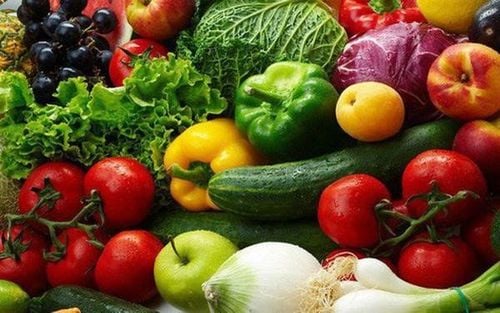
Phương pháp làm lạnh chân không thường được áp dụng cho rau quả
2. What is food reheating?
Food reheating is a method to help you reheat leftovers after each meal, to avoid food waste. However, after reheating, it is necessary to ensure that the taste and nutritional value of the food is preserved. Here are some commonly used food reheating methods that are very popular today, including:
2.1. Using the oven
The oven is not only for baking food, but also for reheating food. Before reheating food, you should turn on the oven to 200oC, then put the food in the oven for 10 minutes. Next, use a thermometer to measure the temperature of the food. The standard temperature of the food after reheating will be ≥ 75oC, if it is below this level, you need to reheat the food.
MORE: Are microwaves making our food less healthy?
2.2. Use the microwave
Before reheating foods in the microwave, you should wrap them with a layer of tight plastic wrap, then reheat at high temperature for one minute. Similar to reheating with an oven, you also use a thermometer to check the temperature of the food to see if it is up to the standard or not.

Đun nóng thực phẩm bằng lò vi sóng
2.3. Using a steamer
This is a water-bath method, helping to reheat food but still retain its inherent flavor and nutrients. This method of reheating food is quite simple to perform, and it is also relatively quick (about 15 minutes).
2.4. Heat food
Food heating usually applies to foods stored in locked containers or bags. First, you boil about 1/2 large pot of water, then put the food in the pot and continue to boil for 15 minutes.

Đun nóng giúp thực phẩm thơm ngon hơn
3. What are the potential hazards of refrigerating and reheating food?
Improperly refrigerating and reheating food can inadvertently become the main cause of dangerous health problems. Storing and reheating food the wrong way can create conditions for bacteria to grow and increase the risk of food poisoning, researchers say.
In general, potentially hazardous foods should be refrigerated by an appropriate method so that every part of the food will drop from 120 degrees F to 70 degrees F within two hours, and from 70 to 45 degrees F or less within four hours. Food poisoning bacteria typically thrive at temperatures between 45 - 120 degrees F. Therefore, cooling requirements will be limited to the length of time that potentially hazardous foods are in the temperature range. that harmful bacteria can grow. Foods that should prioritize cooling include sauces, soups, stews, gravies, whole turkey, turkey breast, rice, chili, and whole roast beef. In addition, the food temperature should be measured with a thermometer.
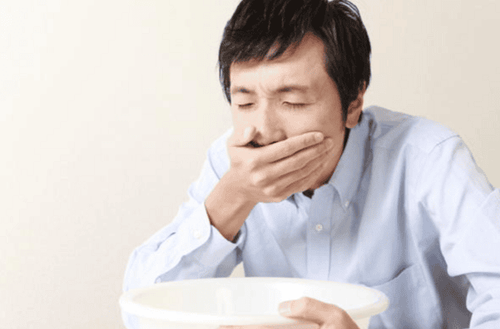
Làm nóng thực phẩm sai cách có thể dẫn đến ngộ độc thực phẩm
4. How should food be refrigerated to ensure health and safety?
Currently, there are many ways to quickly cool potentially hazardous foods. However, chillers need to determine exactly which method will work best for a particular food. Here are healthy ways to refrigerate food:
Stir in soups, gravies, sauces and chili peppers stored in storage containers and under ice water. The depth of the ice should be equal to or greater than the depth of the food. Transfer hot food to a pan or saucepan that is 4 inches or less deep, then refrigerate. You can leave the lid open until the food's temperature reaches 45 degrees F. Cut solid foods, such as roasts, into 6-pound or smaller portions after cooking and before refrigerating. Use a refrigerator with an instant chiller to help cool foods more quickly than a standard refrigerator. It is recommended to use this special type of refrigerator when pre-prepared foods are available in large quantities.

Sử dụng loại tủ lạnh có thiết bị làm lạnh nhanh để giúp làm lạnh các loại thực phẩm nhanh chóng hơn
5. How should food be reheated to ensure health and safety?
All foods that have been cooked and stored in the refrigerator need to be reheated to 165 degrees F within two hours, and kept above 140 degrees F until eaten. This reheating process will help kill the bacteria that cause food poisoning, while preventing the growth of bacteria in the food.
In addition, you need to make sure to reheat all parts of the food evenly to prevent bacteria from growing in the remaining “cool bags” in the food. When reheating, you should put the food on the pan and cook it under low heat for a certain time to ensure that most of the bacteria are killed.
However, some foods after cooking should not be reheated, such as seafood, pasta, potatoes, rice, eggs, beets, soy products, sauces Contains cream/milk and mushrooms. These foods when exposed to a second high heat source can lose some valuable nutrients and become less safe to consume.
Please dial HOTLINE for more information or register for an appointment HERE. Download MyVinmec app to make appointments faster and to manage your bookings easily.
References: health.ny.gov





